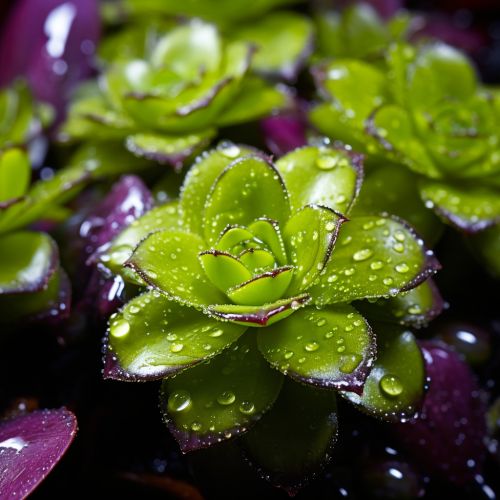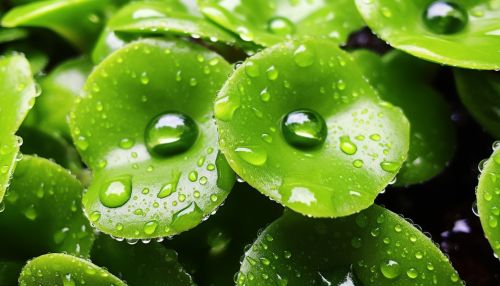Pinguicula
Introduction
The Pinguicula, commonly known as butterworts, is a genus of carnivorous plants that belong to the family Lentibulariaceae. The genus comprises approximately 80 species that are native to various regions across the globe, including North and South America, Europe, and Asia. The name Pinguicula is derived from the Latin word 'pinguis', which translates to 'fat', referring to the greasy feel of the plant's leaves.
Description
Pinguicula species are small herbaceous plants that typically grow in rosettes. The leaves are usually bright green or pinkish in color and are covered in glandular hairs. These hairs secrete a sticky substance that traps small insects, which are then digested by the plant to supplement its nutrient intake. This adaptation allows butterworts to thrive in nutrient-poor soils where other plants struggle to survive.


Distribution and Habitat
Pinguicula species are found in a wide range of habitats across the globe. They are most commonly found in wet, acidic environments such as bogs and fens, but can also be found in alpine meadows, rocky outcrops, and even in cloud forests. The distribution of Pinguicula species is largely determined by the availability of suitable habitats and the presence of sufficient insect prey.
Carnivory
The carnivorous nature of Pinguicula is one of its most defining features. The plant's leaves are covered in two types of glands: stalked glands that secrete a sticky mucilage to trap insects, and sessile glands that produce enzymes to digest the trapped prey. This allows the plant to obtain nutrients, particularly nitrogen, from its prey, supplementing the nutrients it obtains from the soil.
Cultivation
Pinguicula species are popular among carnivorous plant enthusiasts due to their unique carnivorous nature and attractive flowers. They are relatively easy to cultivate, requiring a well-draining soil mix, high humidity, and bright, indirect light. Regular feeding with small insects can also promote healthy growth.
Conservation
Many Pinguicula species are threatened by habitat loss due to human activities such as agriculture, urban development, and peat extraction. Conservation efforts for these species typically involve habitat protection and restoration, as well as ex-situ conservation through cultivation in botanic gardens and private collections.
